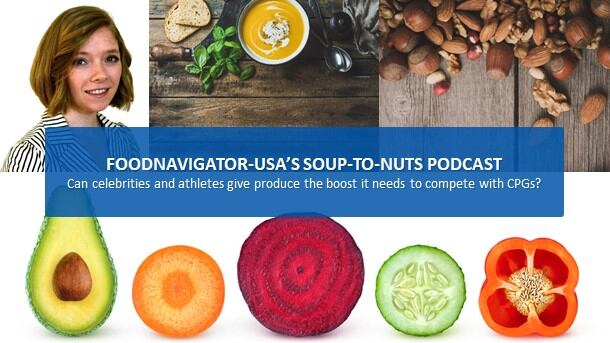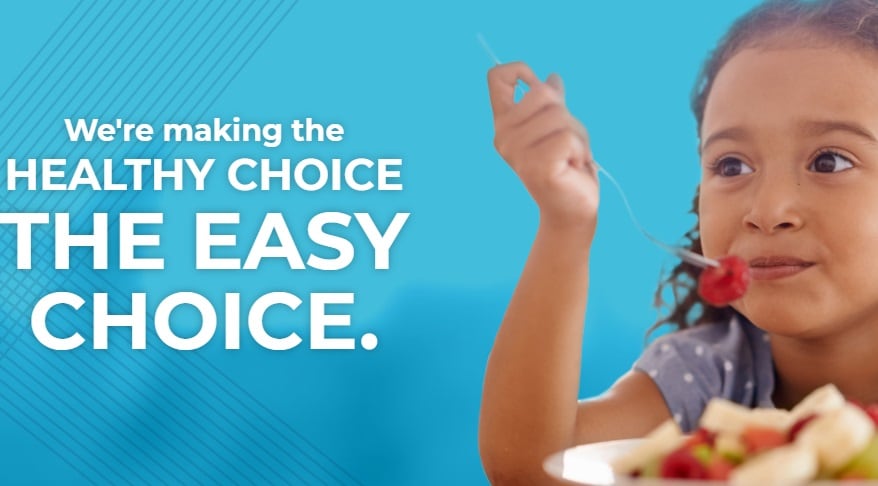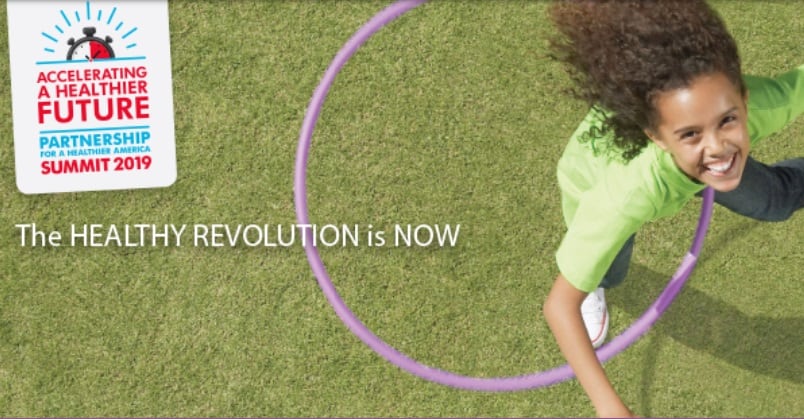As a result, kids and young adults are far less likely to reach for a piece of fruit or a vegetable as a healthy snack or to follow the US Department of Agriculture’s suggestion to make half of their plate plants. In many cases, cookies, chips, candy bars and other less nutrient dense options still reign as the go-to-snack.
This likely is a contributing factor in stubborn grasp of the ongoing childhood obesity epidemic, which despite significant efforts, still claims 14% of all 2- to 5-year-olds and more than 20% of teenagers in the US, according to research from the Hudson Institute.
But even though many efforts by health advocates, industry players and even political leaders to turn the tide on childhood obesity have fallen short so far, stakeholders are not giving up – rather as illustrated at the non-profit Partnership for a Healthier America’s annual Summit this week in Chicago, manufacturers, retailers and others are doubling down on their efforts to convince children and young adults to reach for more produce.
In this episode of FoodNavigator-USA’s Soup-To-Nuts podcast, we take a closer look at two campaigns designed to encourage children, teenagers and young adults to eat their fruits and vegetables. They include a new collaboration announced at the PHA Summit between the Produce Marketing Association and the National Association of Convenience Stores to use Sesame Street characters to sell 2- to 5-year-olds on eating produce, and PHA’s ongoing FNV social media campaign that uses celebrity power to convince tweens, teens and young adults that eating fruits and vegetables is cool.
Winning kids over while their still young
Kathy Means, who is the VP of demand, creation and consumer affairs for PMA explained that in 2013 PHA, PMA and Sesame Workshop first joined forces to create the eat brighter! program with the goal of driving produce consumption among 2- to 5-year-olds.
“We started this collaboration with Sesame because we have very similar visions. Our vision is to grow a healthier world and theirs is to grow stronger, smarter, kinder kids. And so this idea of character marketing, which we know works or people wouldn’t be spending millions of dollars on princesses and super heroes, is to make it affordable for the produce industry to use, whether it is retailers or suppliers,” she said.
Based on the initial success of the eat brighter! program as well as the evolution of who shops at convenience stores and what they buy, the National Association of Convenience Stores decided it wanted in and at this year’s PHA Summit Means explains that PMA and NACS teamed up.
“Convenience stores are a lot more about fresh foods,” but consumers are still used to grabbing what they always grab, Means said. She explained, though, that by using Sesame characters, industry and c-stores are hoping to disrupt the shopping experience so children want a banana because that is what Big Bird likes.
By targeting young children and convincing them to start eating produce at such a young age, Means says industry will create consumers for life.
Means explains that the program provides NACS members, who range from giant chains with large marketing budgets to single stores with limited funds, all to access Sesame Workshop characters and materials at a low, royalty-free rate. It also provides many ready to use materials so anyone can benefit without shelling out more for an additional ad campaign.
According to Means, the campaign is not only good for children’s health and nutrition, but also good for the businesses that use it. She explained that promoting produce and health in a convenient way show the community that c-stores are invested in their wellbeing and that helps drive loyalty.
FNV goes deep and wide
The eat brighter! program is not the only campaign using celebrity power to fuel fruit and vegetable campaign. PHA’s FNV social media campaign, which launched in 2015, continues to expand its reach and picks up with the eat brighter! program leaves off by targeting tweens, teens and young adults, according to Savannah Knell, the campaign manager for the FNV program.
At PHA’s Summit, Knell explained that the idea behind the FNV social marketing campaign was to help produce compete on a level playing field with packaged foods and beverages.
“FNV stands for fruits and veggies. It is a social marketing campaign that is meant to play in the same space that major brands market their products. So, in the same way you will see LeBron James drinking a Sprite, that is the exact same principles and formats we are using to market fruits and vegetables,” she said.
For example, recent creatives include actress Regina Hall holding a bell pepper and claiming it is ‘lookin’ like a snack,’ which riffs on the how some millennials use the phrase to mean someone is so good looking they could eat them.
Since the FNV campaign launched in 2015, it has expanded from two pilot markets to become a national campaign. Knell explains that in the past two years the campaign has focused, with much success, on going deeper in select markets where its PHA partners think the need is greatest.
At the PHA Summit, the campaign highlighted its recent work with Giant Food in the Washington, DC, metropolitan area, which uses local athletes to promote produce across the fresh and frozen sections of all 164 Giant stores.
Knell explained that the FNV anecdotally has helped consumers to see produce as more desirable, but with the Giant Food campaign, the campaign also will track sales and is optimistic about seeing a lift in produce and basket ring.
Even as FNV is drilling down in specific markets, Knell said the campaign is always looking for new partners and fresh ways to deliver its message, which she says is extremely flexible.
“It really can live and grow wherever our partners and businesses need it most. So we drive our goals based on where we see the greatest needs,” she said, adding that FNV is always looking for new partners.
While both the FNV and the eat brighter! campaigns appear bright and cheery, the problem they are trying to solve is not. As Knell explains the obesity epidemic remains a stubborn challenge for the US, especially among underserved populations which are disproportionately targeted by unhealthy food marketing.
“We know that marketing for unhealthy options disproportionately targets at risk communities, so unhealthy food is traditionally targeted to Black and Hispanic communities. … So, we are just trying to play in that space of cutting through the noise and combating those messages” she said.
If you aren’t familiar with either of these campaigns but want to learn more about them and how they are trying to change how Americans think about produce check them out online. You can find out more about the eat brighter! campaign on PMA’s website at https://www.pma.com/events/eat-brighter. You can learn more about the FNV campaign at www.fnv.com




